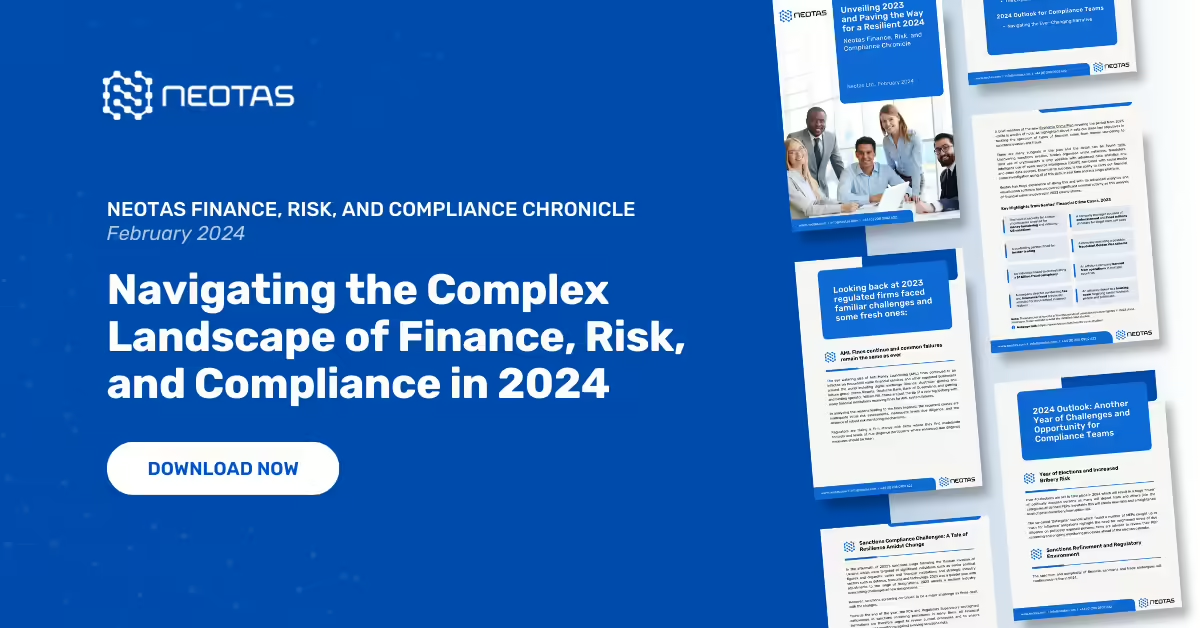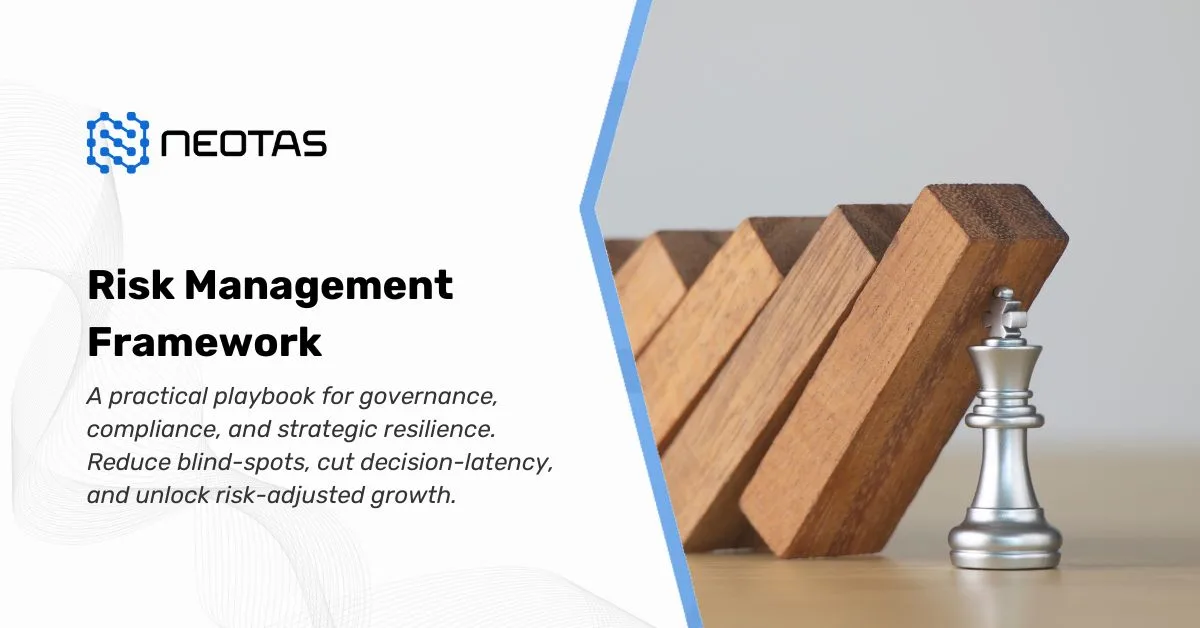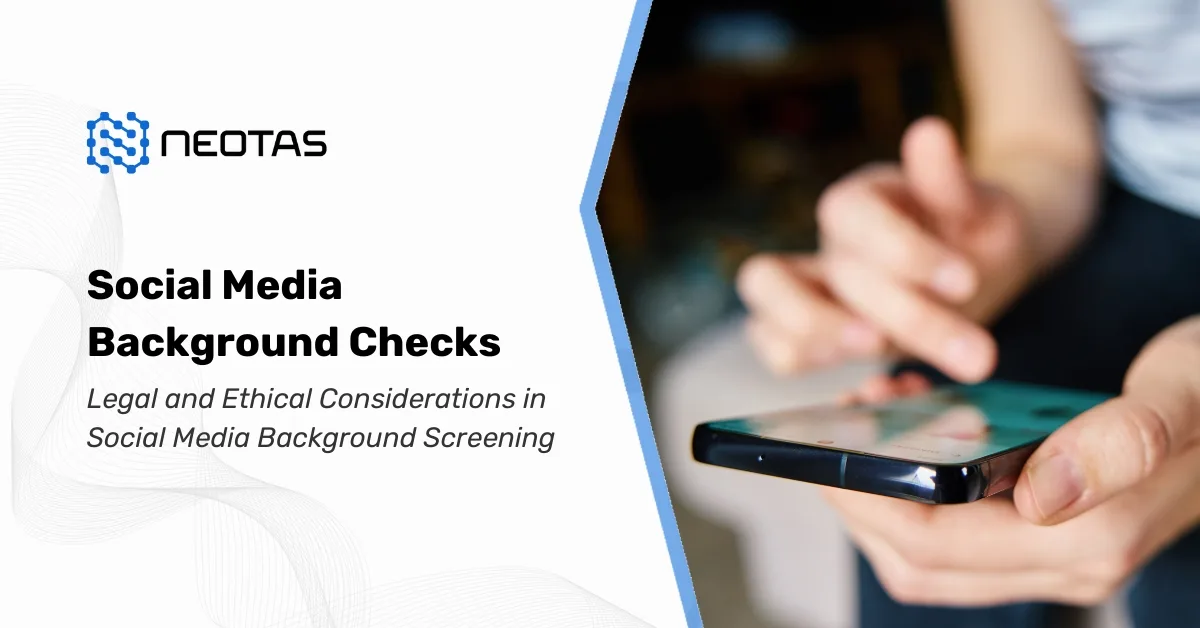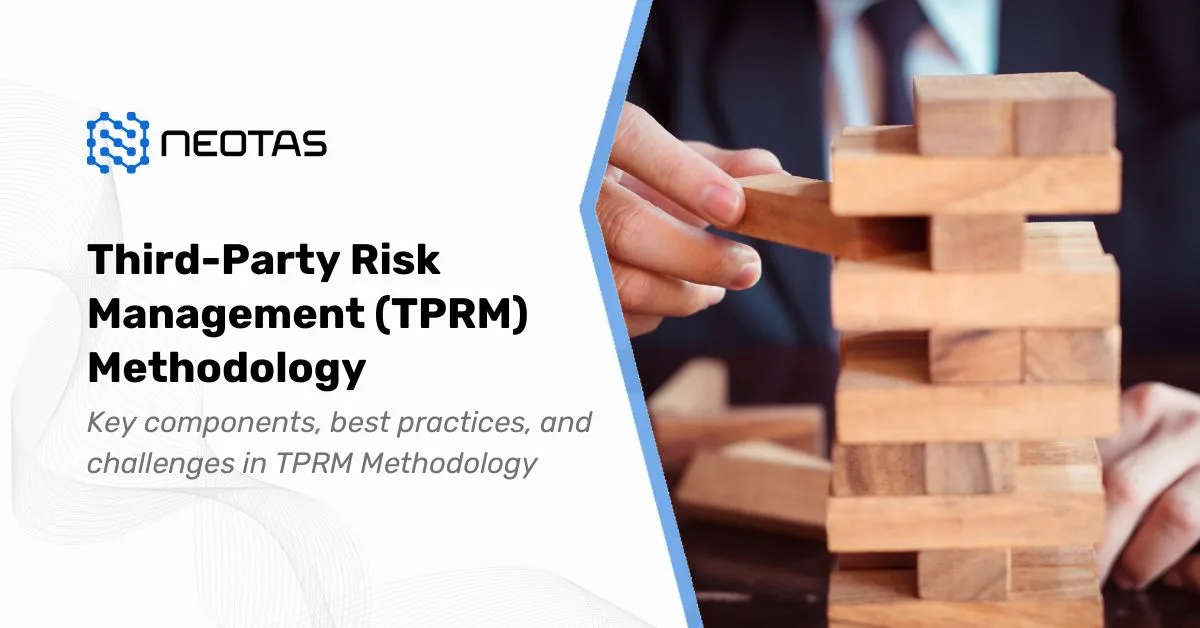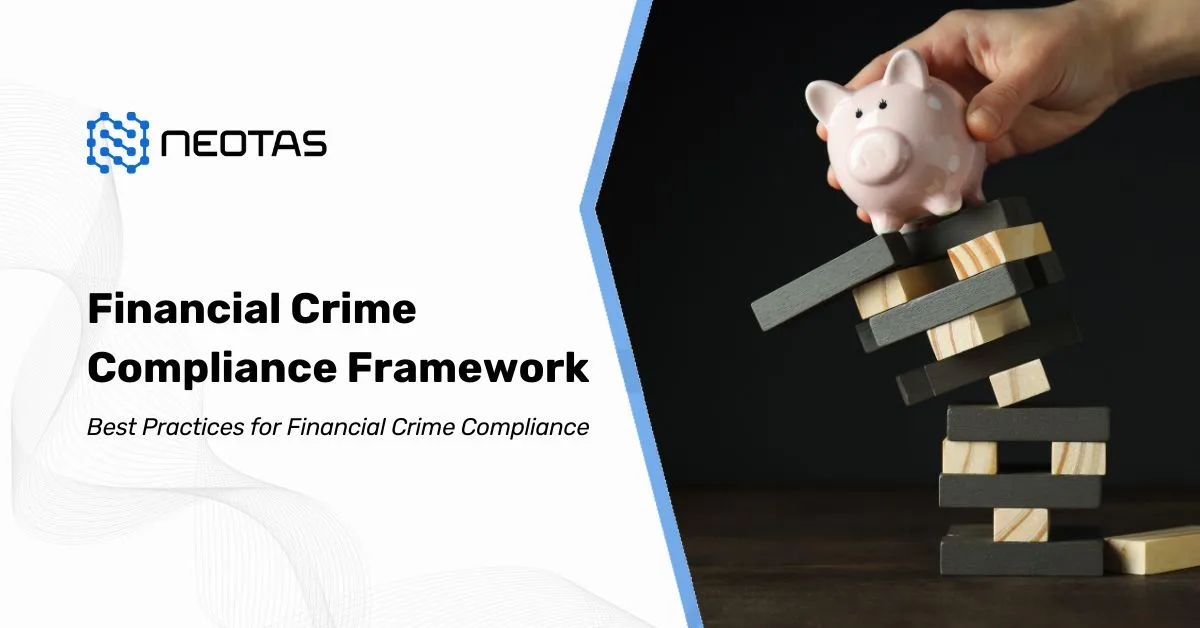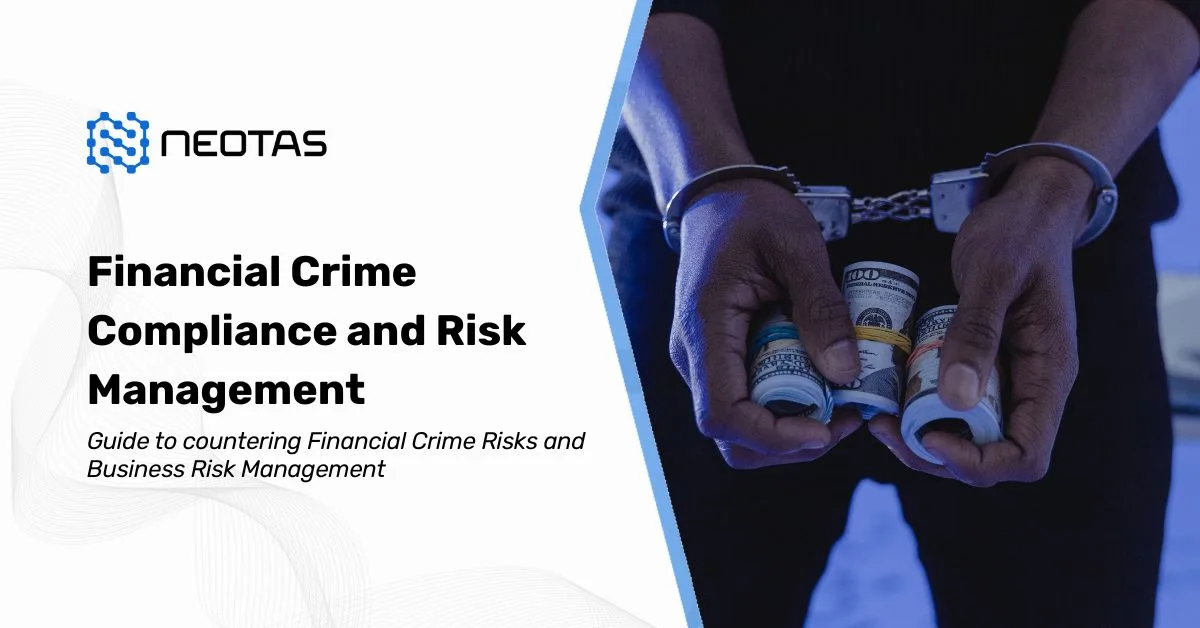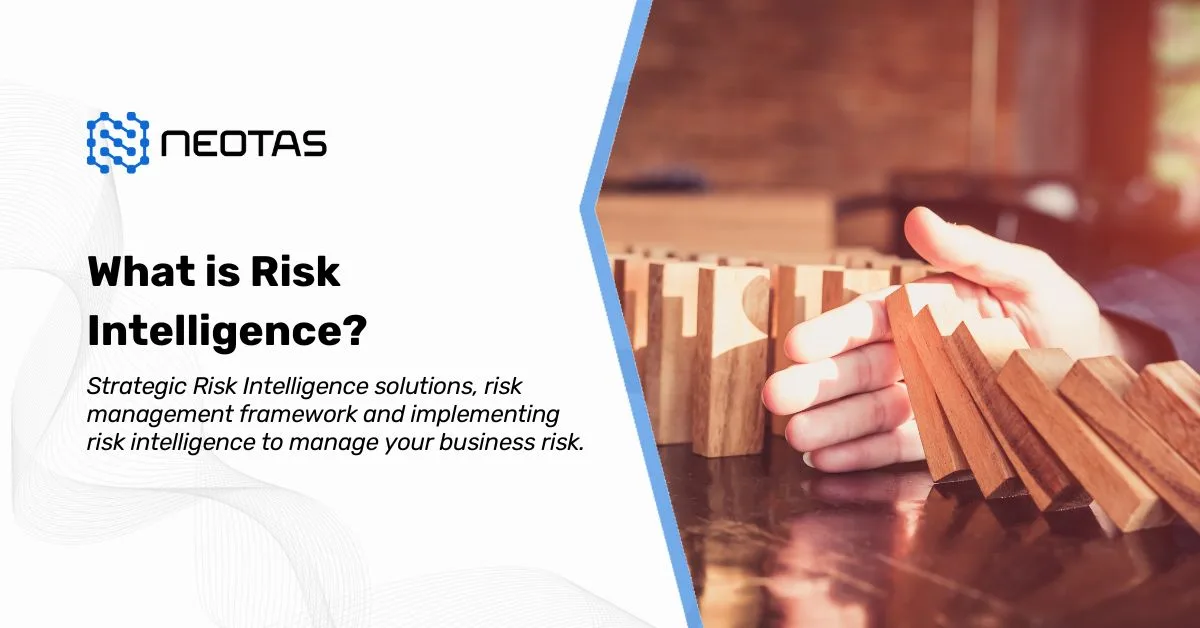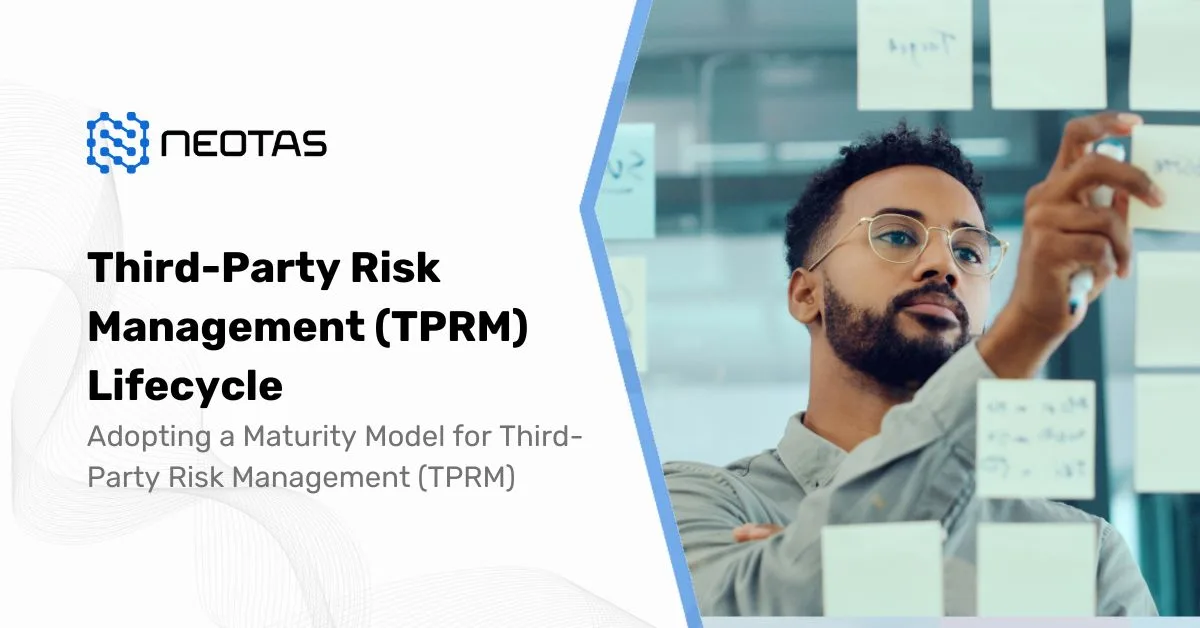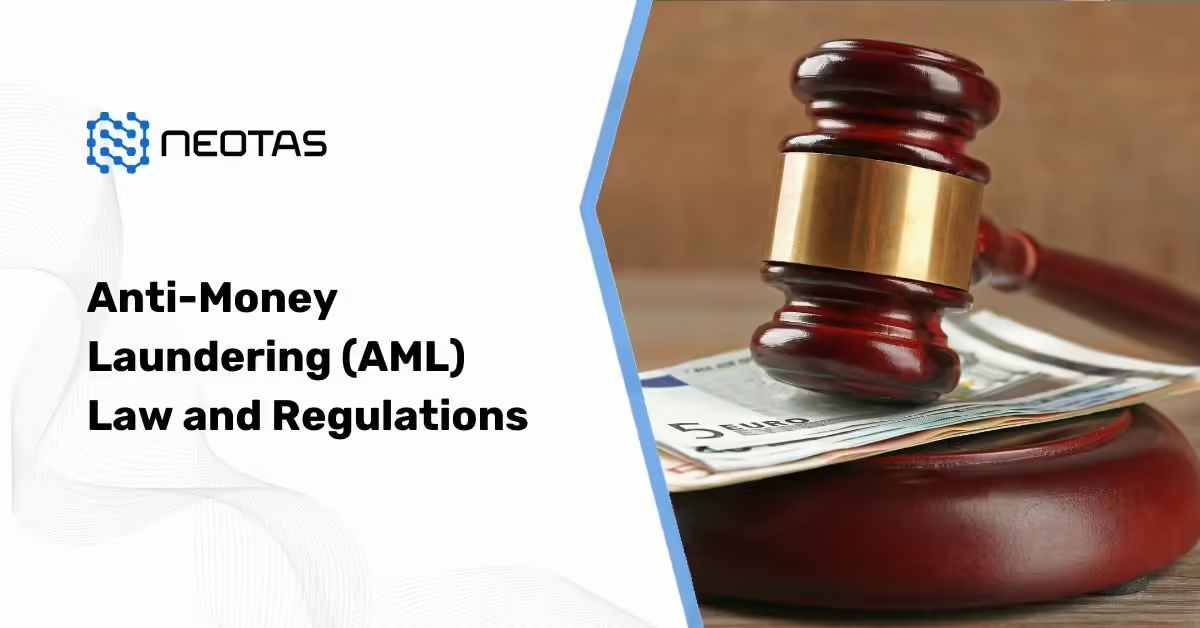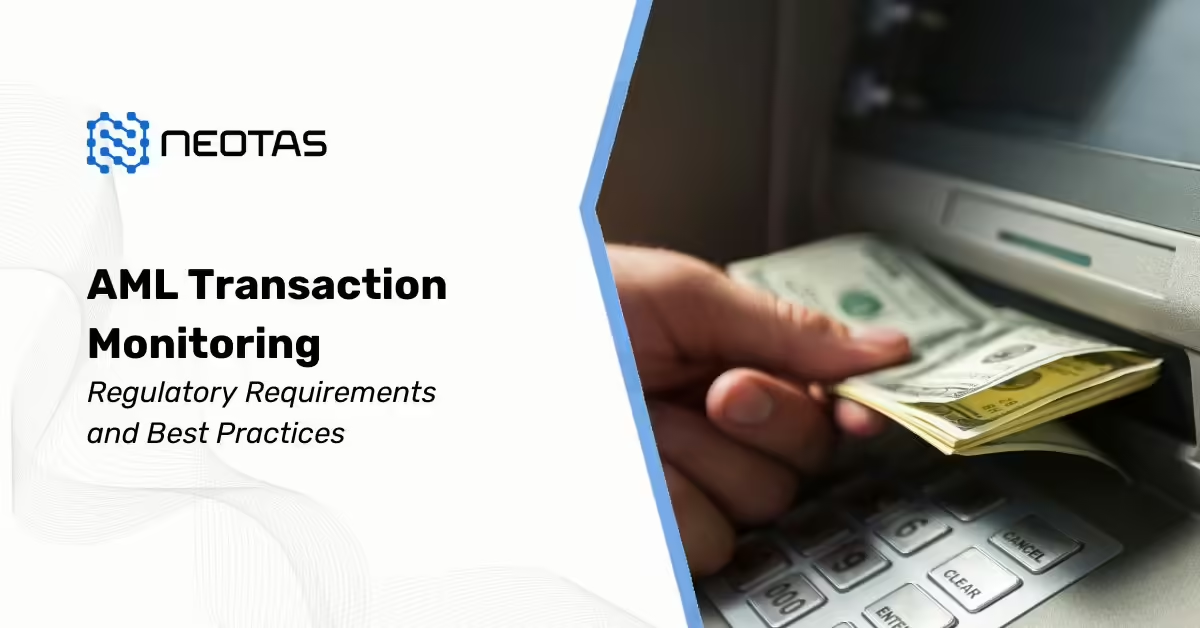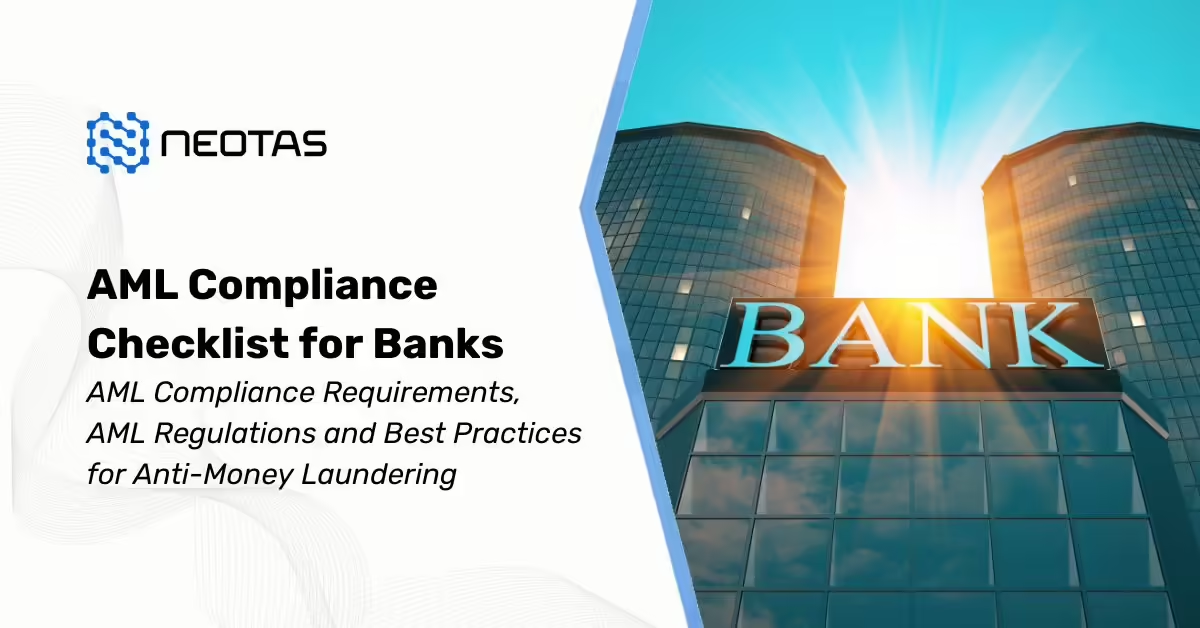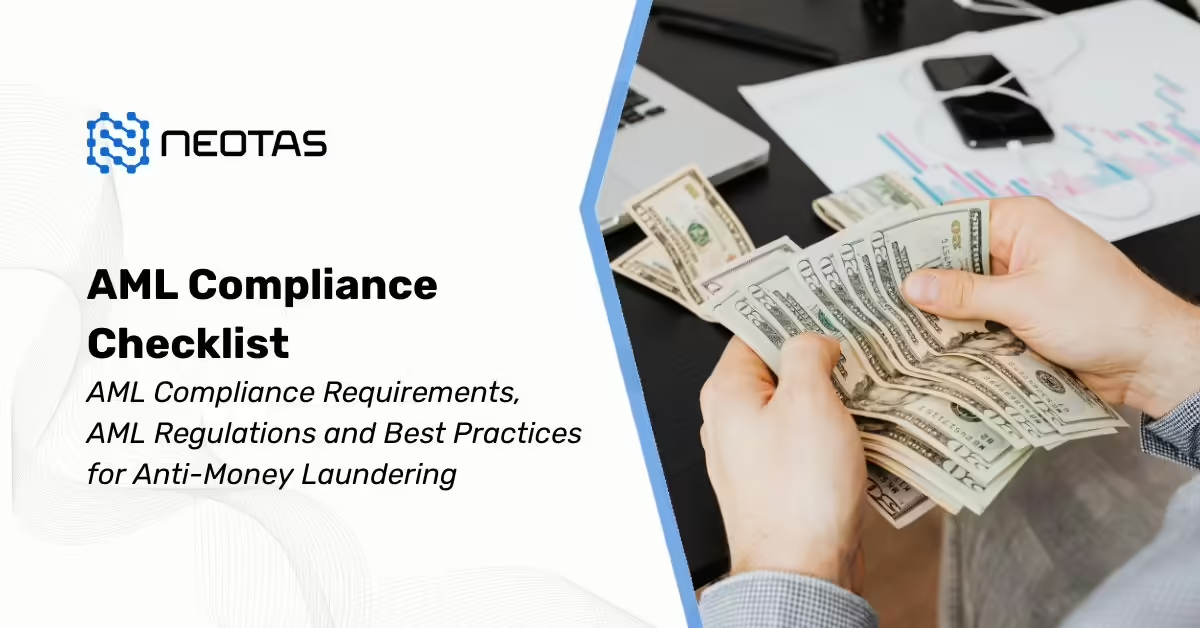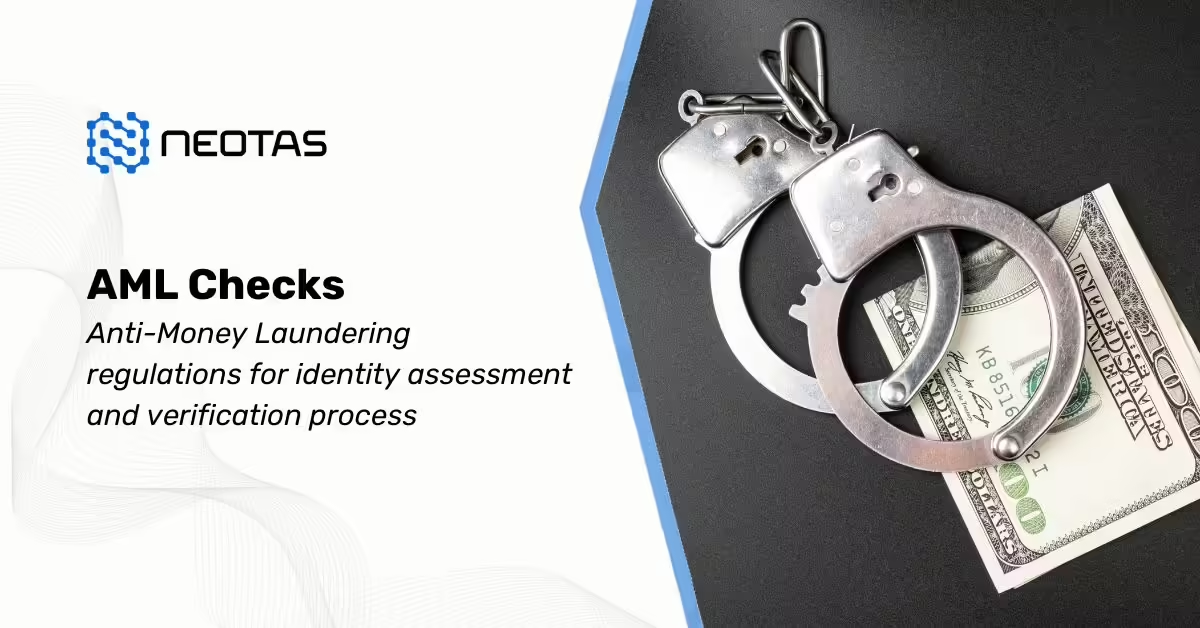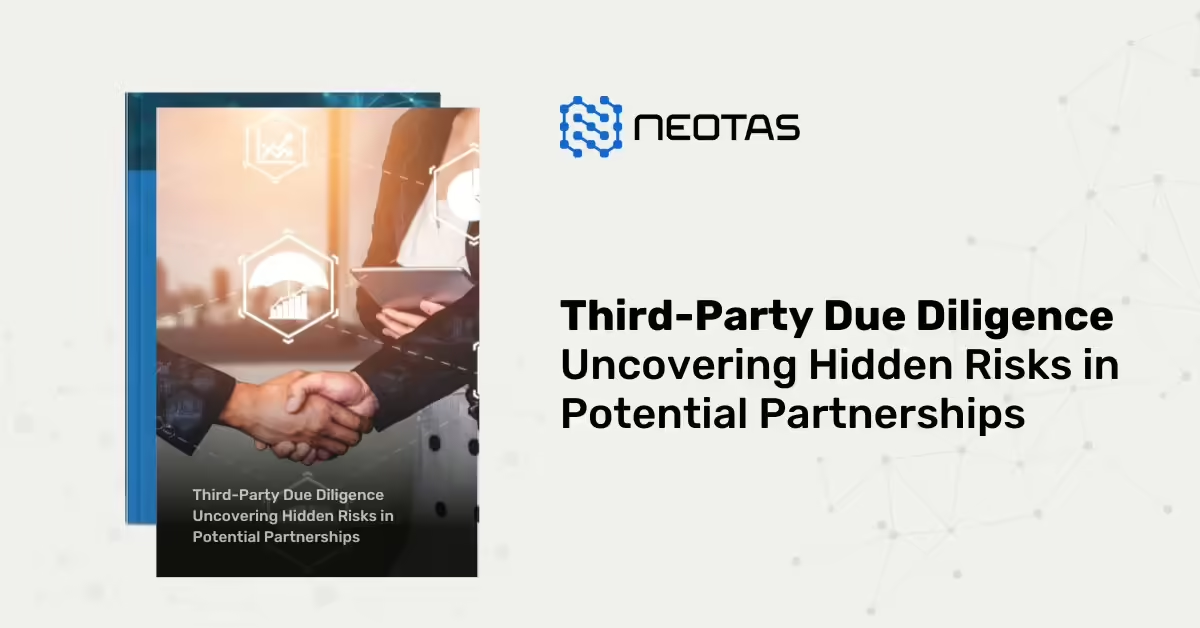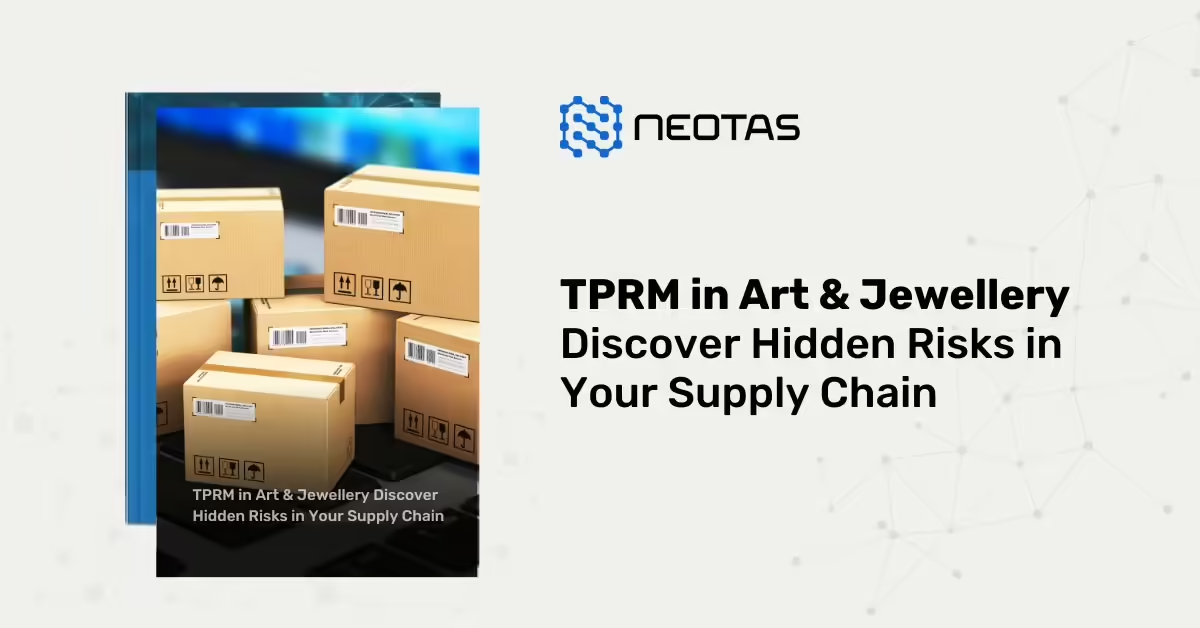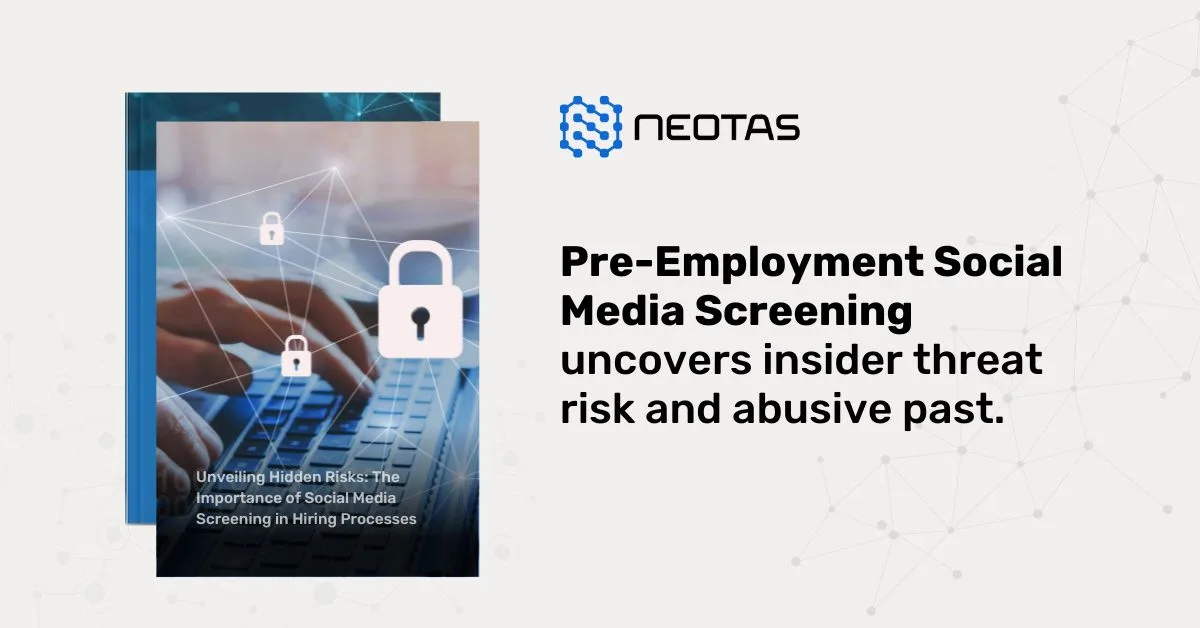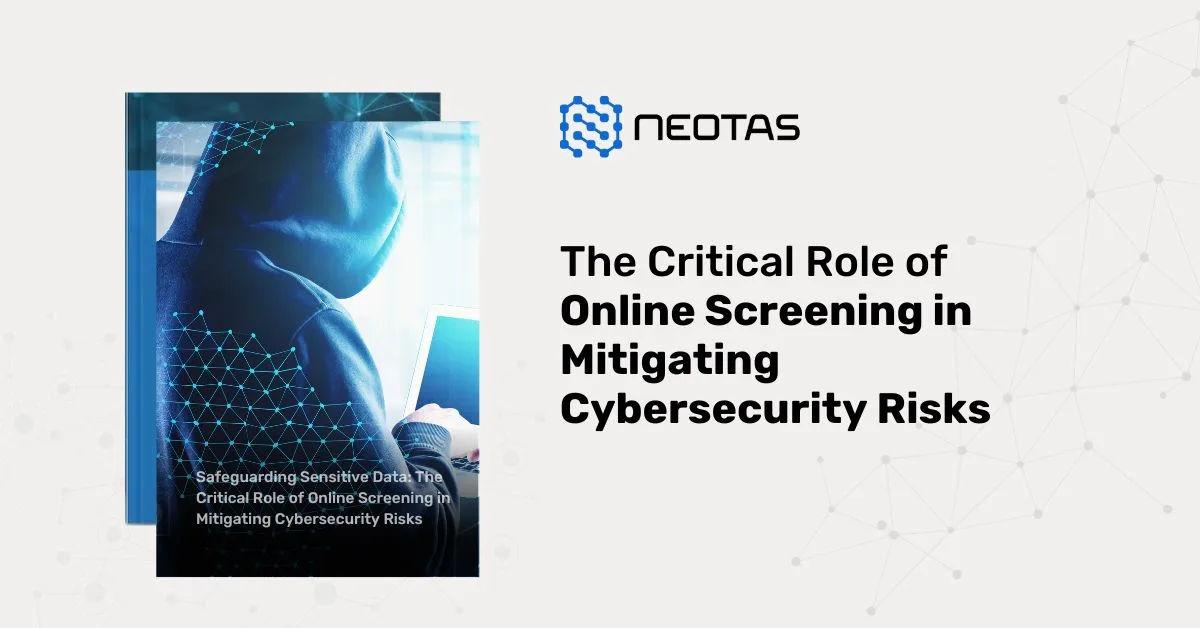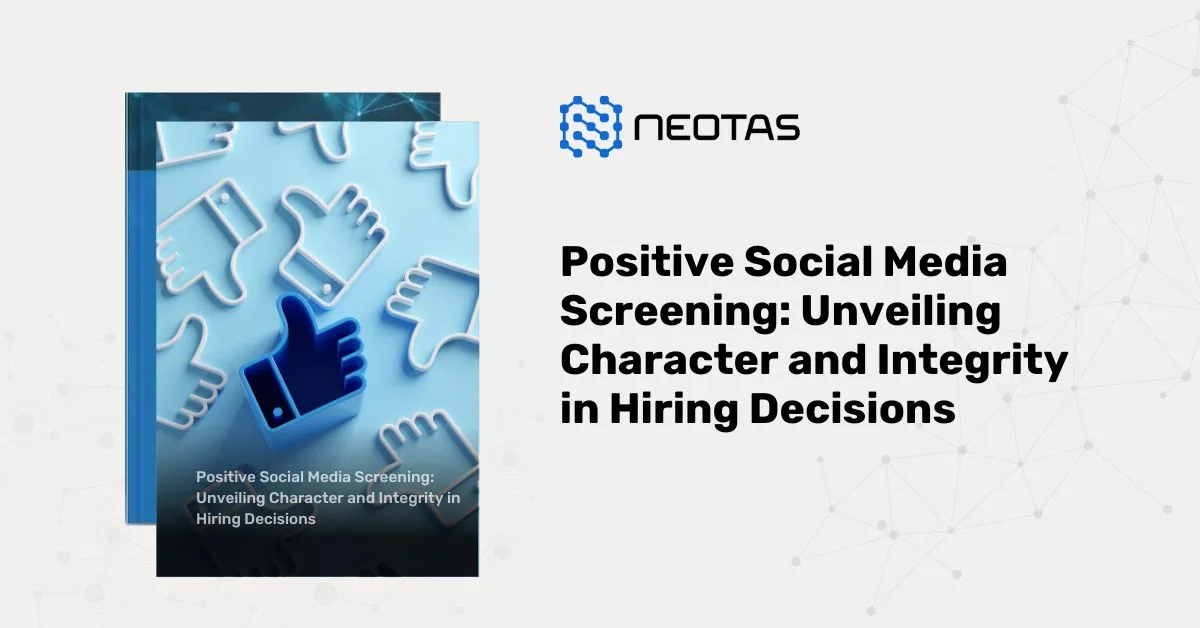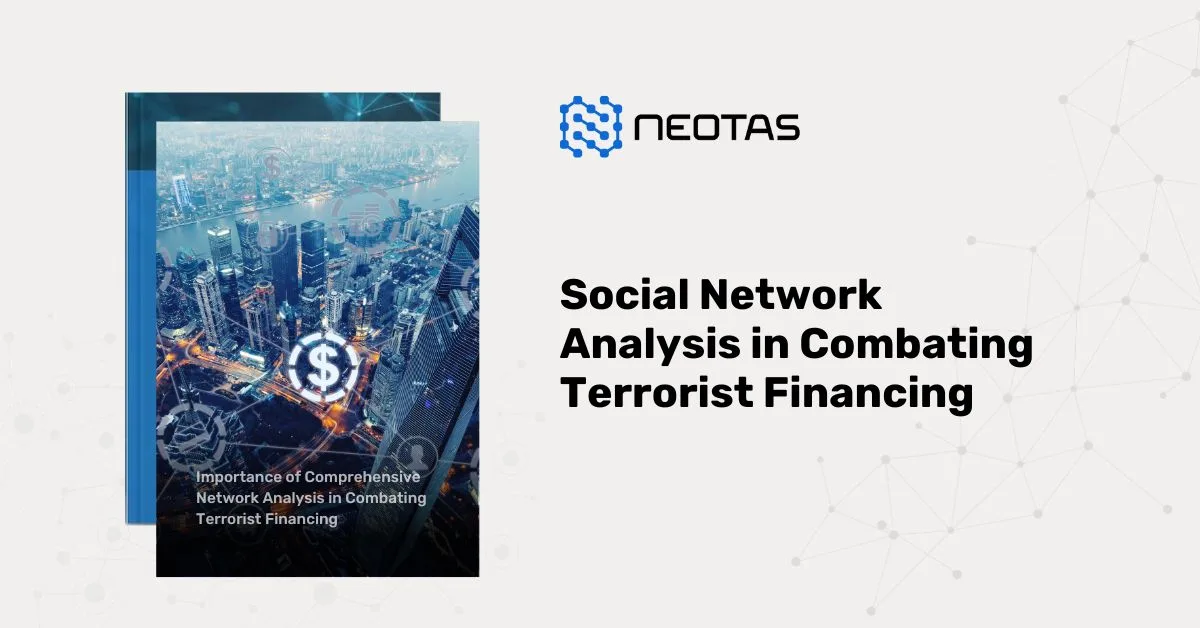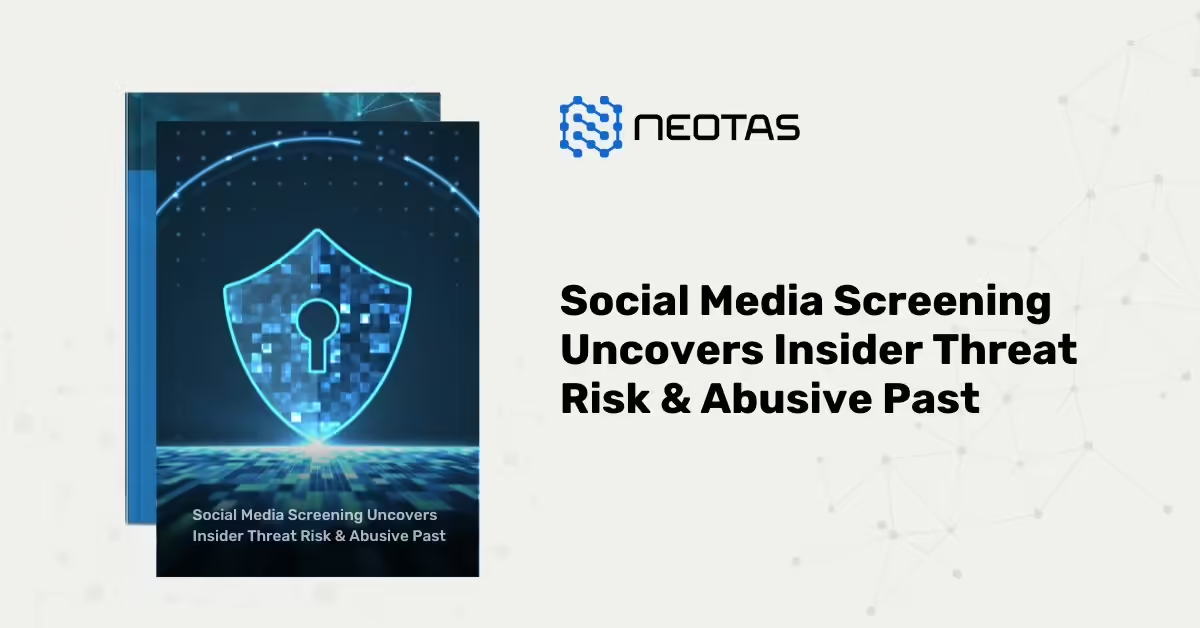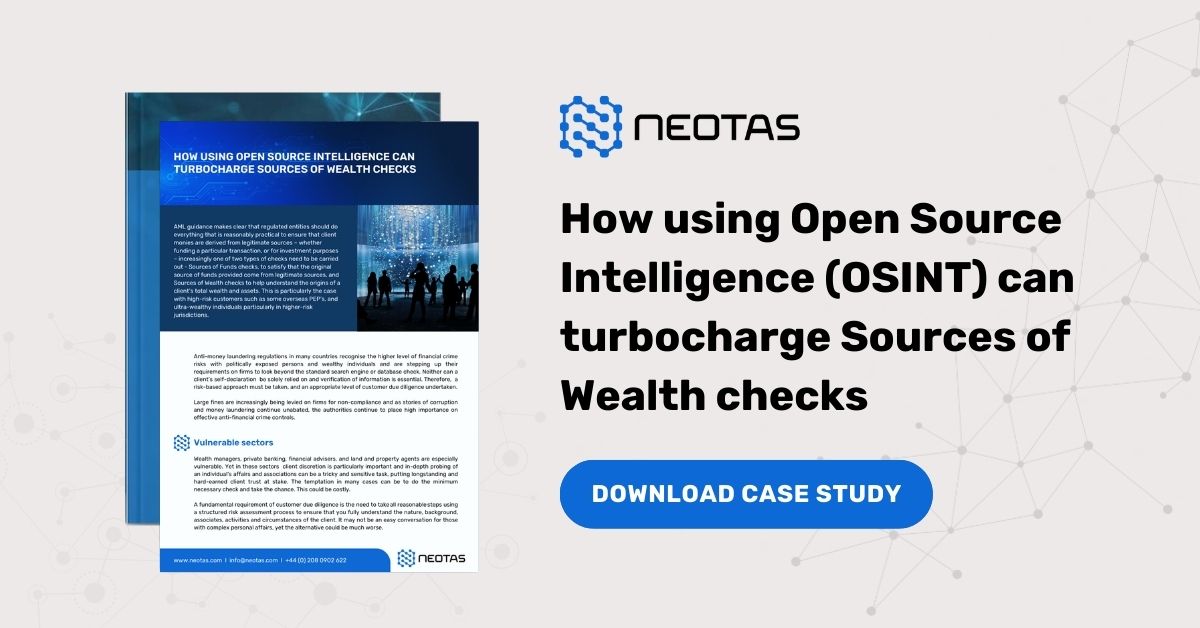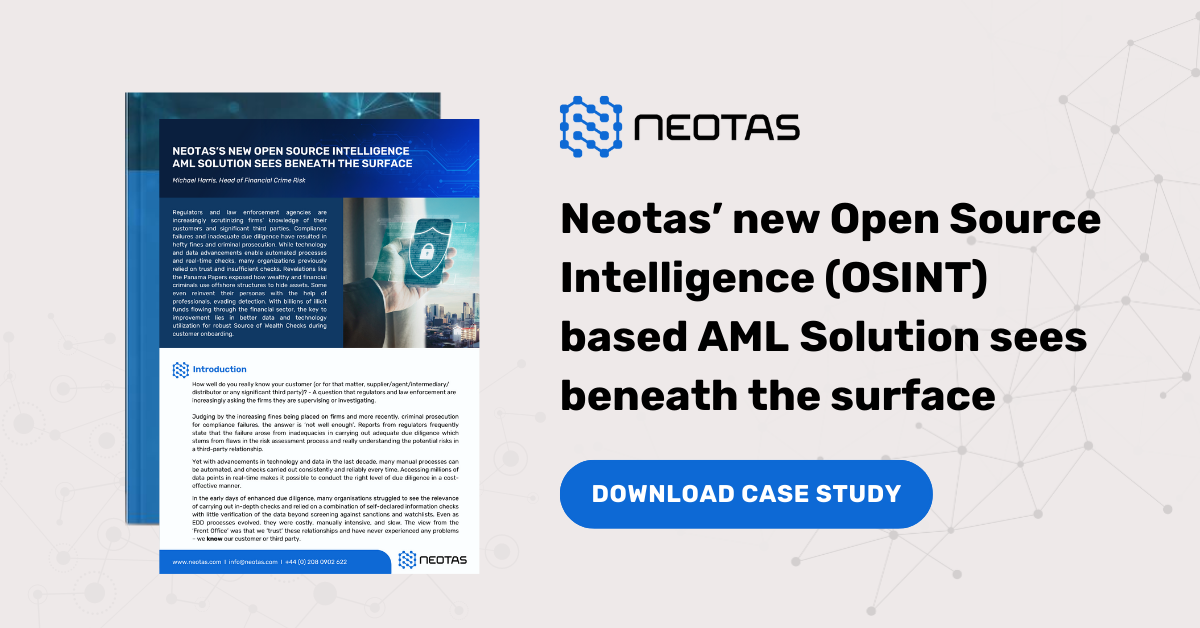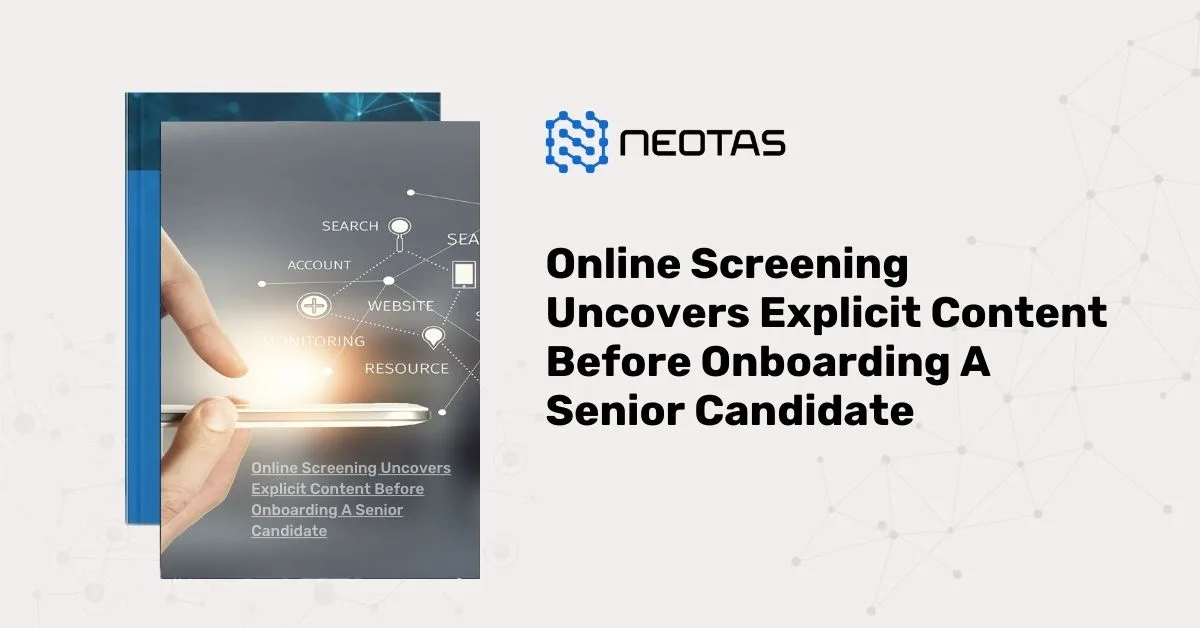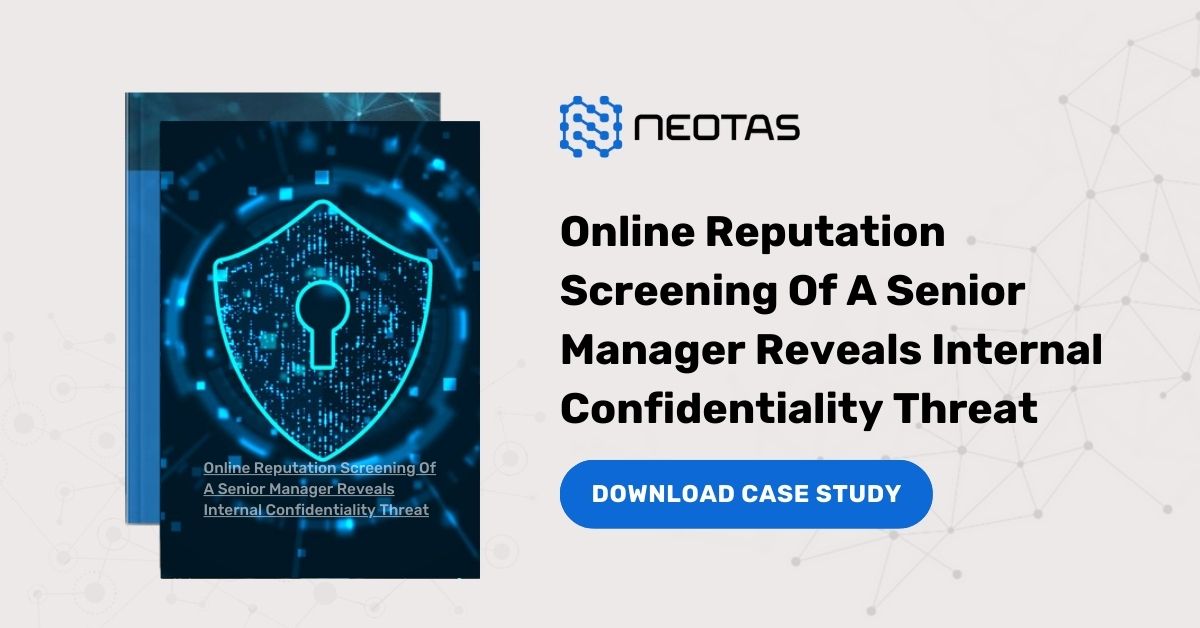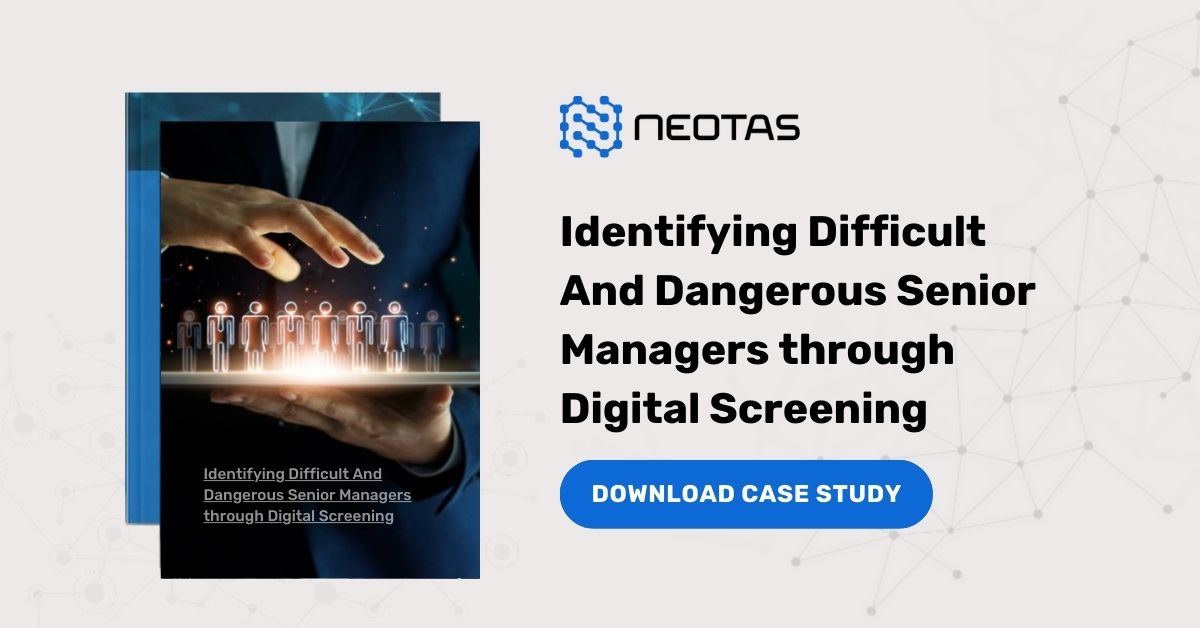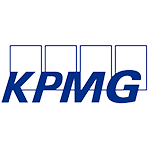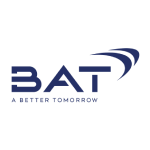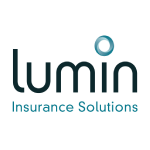Vendor Due Diligence Questionnaire
A comprehensive Vendor Due Diligence Questionnaire is a crucial tool in the vendor evaluation process. It serves as a structured framework for gathering relevant information about a potential vendor or service provider, enabling organizations to assess their suitability, identify potential risks, and make informed decisions regarding vendor selection and ongoing risk management.
What Is Vendor Due Diligence—and Why It Matters
Every time you work with a third party—whether it’s a cloud provider, software partner, payment processor or even a logistics firm—you open the door to their risks becoming your risks. A vendor due diligence questionnaire (VDDQ) helps you assess whether a supplier is financially viable, secure, compliant, and operationally sound—before you onboard them or renew the relationship.
In today’s environment—especially in finance, healthcare, and data-heavy sectors—the pressure to vet vendors properly isn’t just good practice. It’s a regulatory expectation. Fail to do it, and you risk fines, service disruption, data breaches or reputational damage.
What a Strong Due Diligence Questionnaire Should Cover
Below is a refined, real-world checklist to help you assess vendors methodically. This version is designed to be scalable, repeatable, and understandable across business, risk, IT, and procurement teams.

- Registered company name and business number
- Legal structure and ownership breakdown
- Ultimate parent company (if applicable)
- Number of years in business
- Primary locations and operational regions

- Last two years of audited financial statements
- Credit risk score from an independent bureau
- Details of past or current insolvency, liquidation, or administration
- Evidence of adequate working capital and funding

- List of industry licences (e.g. FCA, HIPAA, PCI-DSS, SOC 2, ISO 27001)
- Proof of compliance with relevant privacy regulations (e.g. GDPR, CCPA)
- Any history of regulatory enforcement, penalties or sanctions
- Confirmation of a formal compliance or ethics policy

- Named contact responsible for cybersecurity (e.g. CISO, DPO)
- Overview of information security framework (ISO 27001, NIST, etc.)
- Use of encryption, MFA, endpoint protection, and secure coding practices
- Date of last penetration test and summary of findings
- Cyber incident response plan and breach notification history

- Details of core products/services delivered
- Service Level Agreements (SLAs) and support hours
- Business continuity plan (BCP) and disaster recovery strategy
- Results from last BCP test, including failover recovery time (RTO/RPO)
- Locations of data centres and support teams

- Description of internal risk management or audit function
- Insurance cover (cyber liability, professional indemnity, general liability)
- Disclosures of any significant disruptions in last 24 months
- Incident management and escalation protocols

- Standard contract terms (termination clauses, liability caps, indemnity)
- Disclosure of current or past legal disputes/litigation
- Typical response time to contract breaches or claims

- CSR or ESG policy documentation
- Modern slavery and anti-human trafficking statements
- Diversity, equity, and inclusion (DEI) initiatives
- Sustainability commitments and carbon reduction policies
Vendor Due Diligence: Key Areas to Cover & Expected Evidence
| Key Areas to Cover | Expected Evidence |
|---|---|
| Tier 1 – High Risk | • Audited financials • Insurance policies • Security certifications (ISO, SOC2) • Privacy & cybersecurity policies • BCP testing evidence • ESG policy or statement |
| Tier 2 – Medium Risk | • Basic financials or credit check • Cybersecurity & data handling policy • Contract summary • Insurance confirmation |
| Tier 3 – Low Risk | • Basic company details form • Optional: proof of registration or contract terms |
How to Build and Maintain a Robust Questionnaire

Are you onboarding a new vendor? Re-assessing a long-term partner? Trying to meet a regulatory deadline? Tailor the depth and format of your questionnaire to the context and risk level.

Legal, risk, cybersecurity, compliance, and procurement all bring different lenses. Collaborate during questionnaire design to avoid blind spots and conflicting requirements.

- Tier 1 (Critical/Sensitive): Full due diligence with deep scrutiny.
- Tier 2 (Moderate Risk): Focused set of questions with essential evidence.
- Tier 3 (Low Risk): Basic company info, contract terms, and financials only.

Write in clear, structured language. Avoid legalese and overly technical jargon. Group questions by theme. Provide templates or examples when asking for documentation. Always clarify deadlines and formats.

Create a Red / Amber / Green rating or a weighted scorecard. Identify non-negotiables (e.g. data breach history, expired insurance, missing BCP). A consistent scoring system allows for faster decisions.

Your risks evolve—so should your due diligence process. Reassess and reissue questionnaires annually, or sooner if regulations change or vendor issues emerge.
Making the Process Work—End to End

Use a risk management or procurement platform to distribute, collect, score, and archive responses. It’s far more efficient than spreadsheets, and improves auditability.

You’re asking for confidential info—treat it with care. Store responses securely, restrict access to necessary reviewers, and share your privacy policy with vendors up front.

Many responses will touch legal, cyber, or operational themes. Make sure your reviewers know how to interpret what’s acceptable vs what’s a red flag. If needed, bring in experts to review specific sections (e.g. penetration test summaries).

Explain why the questionnaire is needed, how it’ll be reviewed, and when decisions will be made. If questions are unclear, offer a brief call—it saves time and improves completion rates.
Common Pitfalls to Avoid
- Overloading Low-Risk Vendors: Don’t expect the same evidence from your stationery supplier as your outsourced IT provider. Prioritise effort based on impact and exposure.
- Treating It as a One-Off: Due diligence isn’t “done” after onboarding. Schedule re-assessments annually or during renewals, especially for critical suppliers.
- Ignoring Conflicts in Responses: If answers don’t match supplied evidence, ask. For example, if a vendor claims ISO 27001 certification, but doesn’t provide a valid certificate—follow up.
- Failure to Track Red Flags: Keep a central log of concerns, open items, or areas under remediation. Assign owners and deadlines for resolution.
- Staying Static: Regulations evolve—so must your process. Keep pace with DORA, GDPR updates, ESG reporting, and resilience frameworks.
The Vendor Due Diligence Questionnaire should be tailored to the specific nature of the vendor’s services, the criticality of the engagement, and the organization’s unique requirements and risk profile. It may also incorporate additional sections or questions based on the industry, regulatory landscape, or specific concerns identified during the planning and scoping phase of the due diligence process.
The responses provided by the vendor to the Vendor Due Diligence Questionnaire serve as the foundation for further analysis, documentation review, site visits, and interviews. They offer insights into the vendor’s capabilities, processes, and risk management practices, enabling the due diligence team to identify potential areas of concern and develop appropriate risk mitigation strategies.
It is essential to approach the Vendor Due Diligence Questionnaire with a collaborative mindset, fostering open communication and transparency between the organization and the vendor. Clear instructions, definitions, and guidance should be provided to ensure that the vendor understands the context and importance of the requested information.
The Vendor Due Diligence Questionnaire is a living document that should be periodically reviewed and updated to reflect changes in the organization’s requirements, industry trends, and regulatory landscapes. Regular updates ensure that the questionnaire remains relevant and effective in identifying and assessing potential risks associated with vendor engagements.
By leveraging a comprehensive Vendor Due Diligence Questionnaire, organizations can enhance their vendor evaluation processes, mitigate potential risks, and foster long-term, sustainable business relationships with their vendors, while maintaining compliance with regulatory requirements and industry best practices.
Read more about Third-Party Risk, TPRM software, and TPRM processes.
Read the detailed guide on Vendor Due Diligence Checklist
Download the TPRM Questionnaire Template
How can Neotas Vendor Due Diligence help?
Enhance your vendor due diligence process with Neotas. Our rigorous analysis minimises risks, expedites sales, and increases value creation. Gain buyer confidence through objective assessments. Through our enhanced due diligence platform, businesses can efficiently track and evaluate vendors and contractors, ensuring adherence to security protocols in a cost-effective manner.
The Neotas platform automates the vendor onboarding process, streamlining the addition of new vendors with remarkable ease and speed.
Moreover, Neotas provides a customisable dashboard, enabling businesses to proactively identify and address emerging risks. By consolidating vital vendor information, Neotas facilitates the seamless integration of risk management into existing Customer Relationship Management (CRM) and Supply Chain Management (SCM) systems, ultimately helping businesses maximise profits while minimising risk exposure.
Request a Demo
If you’re curious about whether our Vendor Due Diligence solutions and services align with your organisation, don’t hesitate to schedule a call. We’re here to help you make informed decisions tailored to your needs.
Vendor Due Diligence Solutions:
- Enhanced Due Diligence
- Management Due Diligence
- Customer Due Diligence
- Simplified Due Diligence
- Third Party Risk Management
- Vendor Due Diligence
- Vendor Due Diligence (VDD) Guide
- Vendor Due Diligence Report
- Vendor Due Diligence Checklist
- Vendor Due Diligence Questionnaire
- Vendor Due Diligence Process
- Open Source Intelligence (OSINT)
- Introducing the Neotas Enhanced Due Diligence Platform
Vendor Due Diligence Case Studies:
- Third Party Risk Management (TPRM) Using OSINT
- Open-source Intelligence For Supply Chain – OSINT
- ESG Risk Management Framework with Neotas’ OSINT Integration
- Open Source Intelligence In AML Compliance | Case Study
- Identifying Difficult And Dangerous Senior Managers
- ESG Risk Investigation Uncovers Supply Chain Risks
- Financial Crime Compliance & Risk Management Trends
- Network Analysis Reveals International Links In Credit Risk Case
- Network Analysis and Due Diligence – Terrorist Financing
- Using OSINT For Sources Of Wealth Checks
- ESG Risks Uncovered In Investigation For Global Private …
- PEP Screening: Undisclosed Political Links Uncovered For European Organisation
- Risk-Based Approach (RBA) to AML & KYC risk management
- Anti-Money Laundering (AML)
- Supply Chain Risk Management
- Due Diligence Explained: Types, Checklist, Process, Reports
FAQs on Vendor Due Diligence questionnaire
What is a vendor due diligence questionnaire?
A vendor due diligence questionnaire (VDDQ) is a structured set of questions organisations use to assess the risks associated with third-party vendors. It helps gather critical information on a vendor’s financial stability, data security, compliance posture, and operational resilience—before entering into or renewing a business relationship.
What questions should you include in a vendor due diligence questionnaire?
A strong vendor due diligence questionnaire typically includes questions on company registration, financial health, cybersecurity practices, data protection compliance (e.g. GDPR), business continuity, insurance coverage, legal disputes, and ESG (Environmental, Social, and Governance) policies.
What is the purpose of a vendor due diligence questionnaire?
The main purpose of a vendor due diligence questionnaire is to help organisations make informed decisions about their suppliers. It ensures third parties meet required standards around security, compliance, and operational capability—especially if they process sensitive data or support critical services.
How do you perform vendor due diligence effectively?
To carry out effective vendor due diligence, first identify your risk tiers, then issue a tailored vendor due diligence questionnaire to suppliers based on their criticality. Follow up on gaps, verify documentation, and log any risk items that need mitigation before approval.
Who is responsible for completing a vendor due diligence questionnaire?
Typically, the vendor completes the due diligence questionnaire and returns it to the requesting organisation. Internal teams—such as procurement, compliance, or IT risk—then assess the responses for red flags or non-compliance.
What’s the difference between vendor due diligence and vendor risk assessment?
Vendor due diligence is the process of collecting information using tools like a vendor due diligence questionnaire, while vendor risk assessment is the analysis of that information to evaluate threats and make risk-based decisions.
What are the 4 P’s of vendor due diligence?
The 4 P’s commonly referenced in due diligence are: Profile, Process, Performance, and Protection. These align closely with key sections of a vendor due diligence questionnaire, helping assess who the vendor is, how they operate, how they deliver, and how they protect data.
How do you prepare a vendor due diligence questionnaire?
To prepare an effective vendor due diligence questionnaire, involve key departments (IT, legal, risk, procurement), define the risk scope, and create tiered question sets. Group questions logically and specify what documents vendors must provide (e.g., ISO 27001, financials, BCP).
What is the full form of RFP and DDQ in vendor management?
RFP stands for Request for Proposal, and DDQ refers to Due Diligence Questionnaire. During vendor selection, an RFP outlines service requirements, while the vendor due diligence questionnaire verifies the vendor’s risk, compliance, and capability profile.
Why is a vendor due diligence questionnaire important for compliance?
Regulators expect organisations—especially in finance, healthcare, and technology—to manage third-party risks. A vendor due diligence questionnaire provides a documented process for screening vendors, proving you’ve assessed them for compliance, security, and financial health.
How much does vendor due diligence cost?
The cost varies based on the depth of assessment, number of vendors, and whether tools or external consultants are used. While basic vendor due diligence questionnaires can be free or in-house, more advanced assessments (e.g., SOC2 audits, pen testing) can cost thousands per vendor.
What is a vendor assessment questionnaire?
A vendor assessment questionnaire is another term for a vendor due diligence questionnaire. It’s used to evaluate vendors across various risk domains before they’re approved or renewed. It may be less detailed for lower-risk suppliers.
What is vendor scoring in due diligence?
Vendor scoring is the process of rating suppliers based on how they respond to a vendor due diligence questionnaire. Scores may be assigned based on cybersecurity posture, financial stability, or SLA performance, helping prioritise approvals and mitigation actions.
What is vendor lock-in risk and how does a due diligence questionnaire help?
Vendor lock-in risk occurs when switching from a supplier is costly or complex. A vendor due diligence questionnaire helps identify this risk early by assessing contract terms, data portability, and exit clauses.
Who pays for vendor due diligence?
In most cases, the buying organisation bears the cost of managing the vendor due diligence questionnaire process. However, vendors may incur internal costs to complete it, especially if third-party certifications or assessments are required.

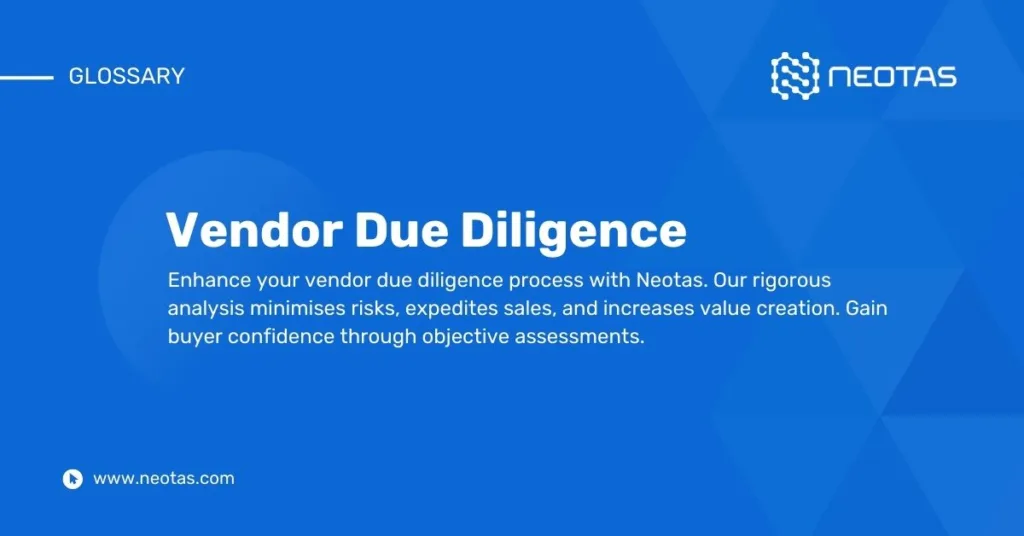

 Financial Crime Compliance Trends 2024
Financial Crime Compliance Trends 2024